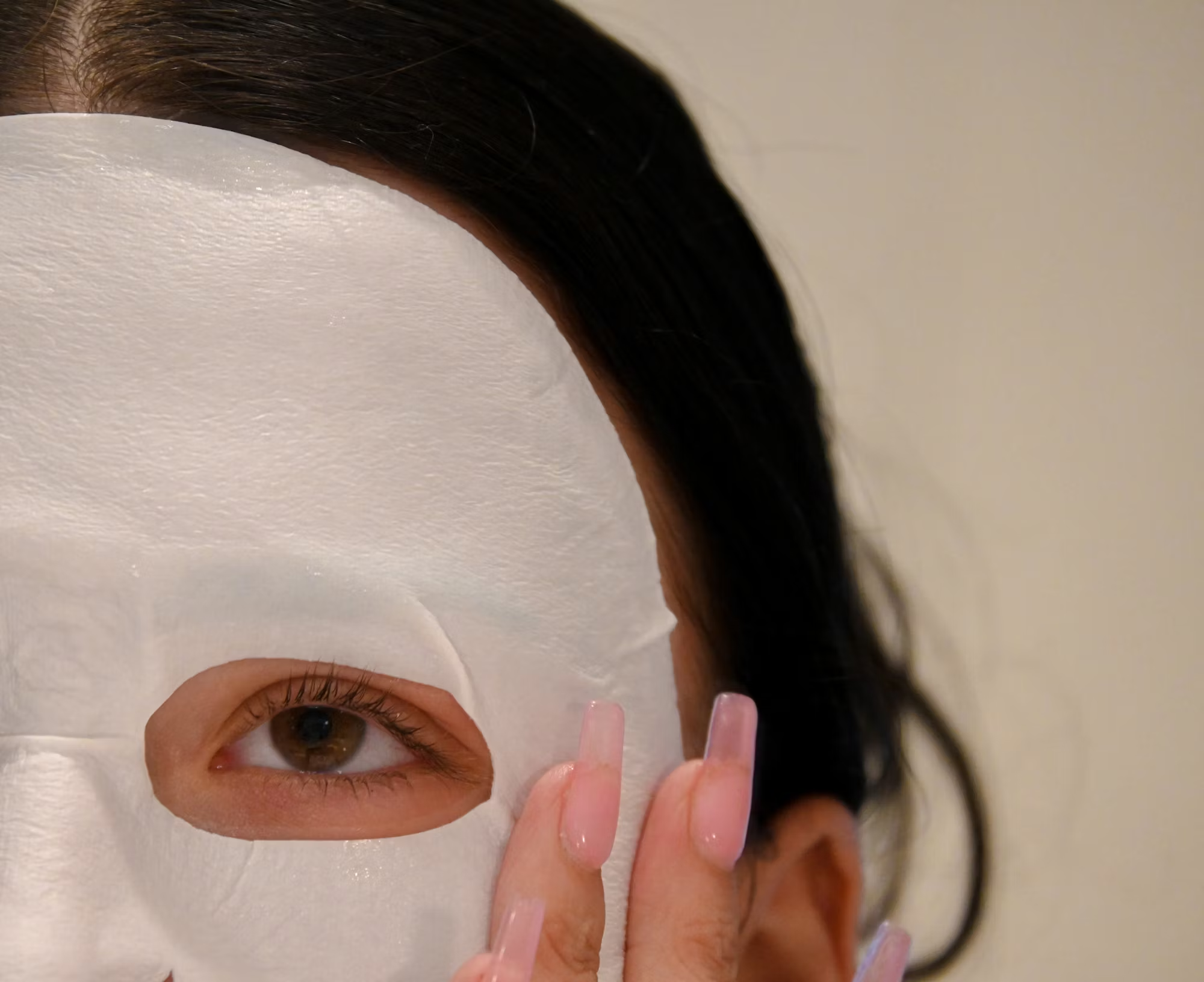In a world filled with endless beauty products and complex skincare routines, many are turning toward the principles of minimalism. Embracing a minimalist approach to skincare can simplify your routine, reduce clutter, and highlight the natural beauty of your skin. This article delves into the concept of minimalist skincare, its benefits, and practical tips for creating a streamlined routine that works for you.
What is Minimalist Skincare?
Minimalist skincare focuses on using fewer products with a concentrated purpose, emphasizing quality over quantity. The goal is to identify and utilize essential items that effectively address your skin’s specific needs without overwhelming it with too many formulations. By minimizing your skincare lineup, you can achieve clearer, healthier skin while also saving time and money.
The Benefits of a Minimalist Approach
1. Less is More: With fewer products to manage, your routine becomes more straightforward. This can lead to better consistency and ease in application.
2. Cost-Effective: Investing in high-quality products that serve multiple purposes can ultimately save you money. Instead of purchasing numerous items, you can focus on a select few that truly work for your skin.
3. Reduced Irritation: Using fewer products decreases the likelihood of irritation from potential allergens or active ingredients. This is particularly beneficial for sensitive skin types.
4. Clarity and Focus: A minimalist routine allows you to pay closer attention to how each product affects your skin, helping you to identify what works best for you.
5. Sustainability: Embracing minimalism often goes hand-in-hand with eco-friendliness. Fewer products mean less packaging waste and a lower carbon footprint, aligning with a more sustainable lifestyle.
Crafting Your Minimalist Skincare Routine
To create a minimalist skincare routine, consider the following steps:
1. Assess Your Skin Type and Needs
Start by identifying your skin type—normal, dry, oily, combination, sensitive, or mature. Understanding your skin’s unique needs will help you choose the right products that address specific concerns without unnecessary additions.
2. Choose Multi-Functional Products
Opt for products that serve multiple purposes. For example, a moisturizer with built-in SPF can protect your skin from the sun while hydrating it, reducing the need for separate sunscreen and moisturizer. Similarly, tinted moisturizers or BB creams can provide coverage while delivering skincare benefits.
3. Limit Your Product Count
Aim to streamline your routine to just a few essential products. A basic minimalist skincare regimen typically includes:
– Cleanser: Choose a gentle cleanser that effectively removes dirt and makeup without stripping your skin of natural oils.
– Moisturizer: A good moisturizer tailored to your skin type can provide hydration and barrier support.
– Sunscreen: Essential for protecting your skin from UV damage, a broad-spectrum sunscreen should be a non-negotiable part of your routine.
Optionally, you may include:
– Serum: If you have specific concerns such as hyperpigmentation or fine lines, a targeted serum can be beneficial.
– Face Oil: For additional nourishment, consider adding a lightweight face oil that suits your skin type.
4. Establish a Routine
A minimalist skincare routine doesn’t have to be complicated. Here’s a simple morning and evening regimen:
Morning Routine:
– Cleanser: Refresh your skin with a gentle cleanser.
– Moisturizer: Apply a lightweight moisturizer that hydrates without feeling heavy.
– Sunscreen: Finish with a broad-spectrum sunscreen to protect your skin throughout the day.
Evening Routine:
– Cleanser: Remove makeup and impurities from the day.
– Moisturizer or Serum: Depending on your skin’s needs, apply a nourishing moisturizer or targeted serum.
Key Ingredients to Look For
When selecting products for your minimalist routine, focus on high-quality formulations with beneficial ingredients:
– Hyaluronic Acid: Great for hydration, it draws moisture to the skin, making it ideal for various skin types.
– Niacinamide: A versatile ingredient that helps improve skin texture, reduce the appearance of pores, and balance oil production.
– Glycerin: A humectant that attracts moisture, glycerin is an excellent addition to moisturizers and serums.
– Natural Oils: Oils like jojoba, rosehip, or argan provide nourishment and help maintain the skin barrier without feeling greasy.
The Mindset of Minimalism
Transitioning to a minimalist skincare routine is as much about mindset as it is about products. Embracing this philosophy encourages you to value quality over quantity, helping you cultivate a more mindful approach to your beauty regimen. Here are a few tips to support this mindset:
– Be Patient: It may take time for your skin to adjust to a new routine. Give yourself grace as you simplify your products and assess their impact.
– Stay Curious: Explore new products and ingredients, but always return to your essentials. Find joy in discovering what works best for your skin without overwhelming it.
– Focus on Self-Care: Minimalism isn’t just about products; it’s also about creating a skincare ritual that promotes relaxation and self-love. Take time to enjoy the process, whether it’s through a gentle facial massage or simply appreciating your natural beauty.
Conclusion
Adopting a minimalist approach to skincare can significantly enhance your beauty routine while promoting healthier, more radiant skin. By focusing on essential products and quality ingredients, you can simplify your regimen and enjoy the benefits of a streamlined routine. Embrace the freedom that comes with minimalism, and discover the beauty in simplicity. Remember, effective skincare doesn’t have to be complicated; often, less truly is more.



